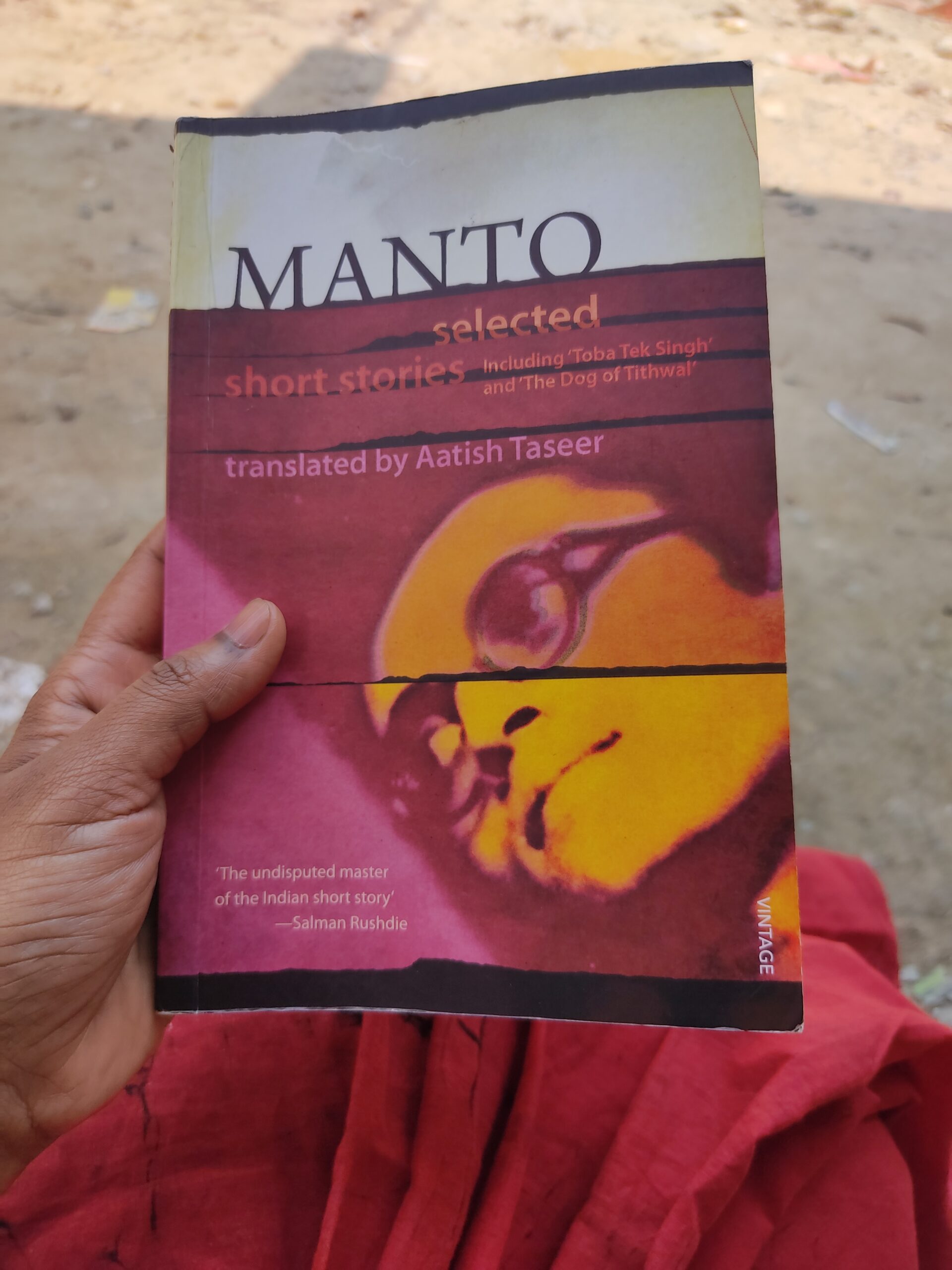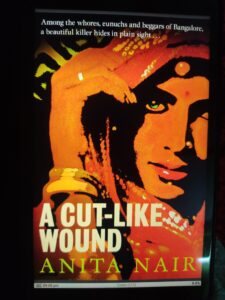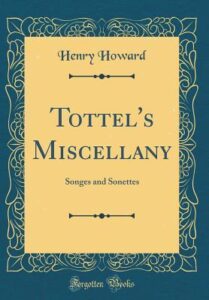
Book: Selected Short Stories
Author: Saadat Hasan Manto
Translation: Aatish Taseer
Publication: RHI
Pages:200
Price: Click the Link
Saadat Hasan Manto: (1912-1955)
He was an author born in Ludhiana, undivided India. Later after the partition, he moved to Pakistan. Manto is a modernist writer who is brave enough in his exposure to the naked truth of society. Most of his writings are associated with the memories of partition and the deprived section of lives.
He wrote in Urdu numerous short stories, radio plays, a novel and essays.

Ten Rupees by Saadat Hasan Manto








